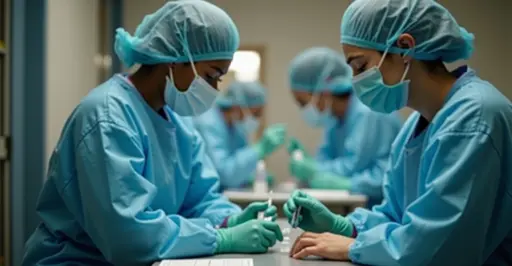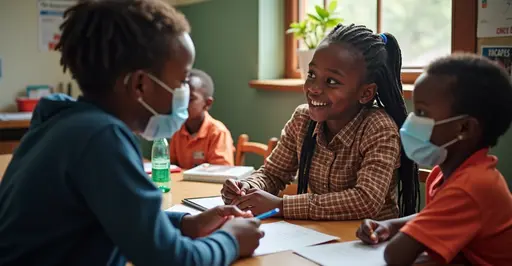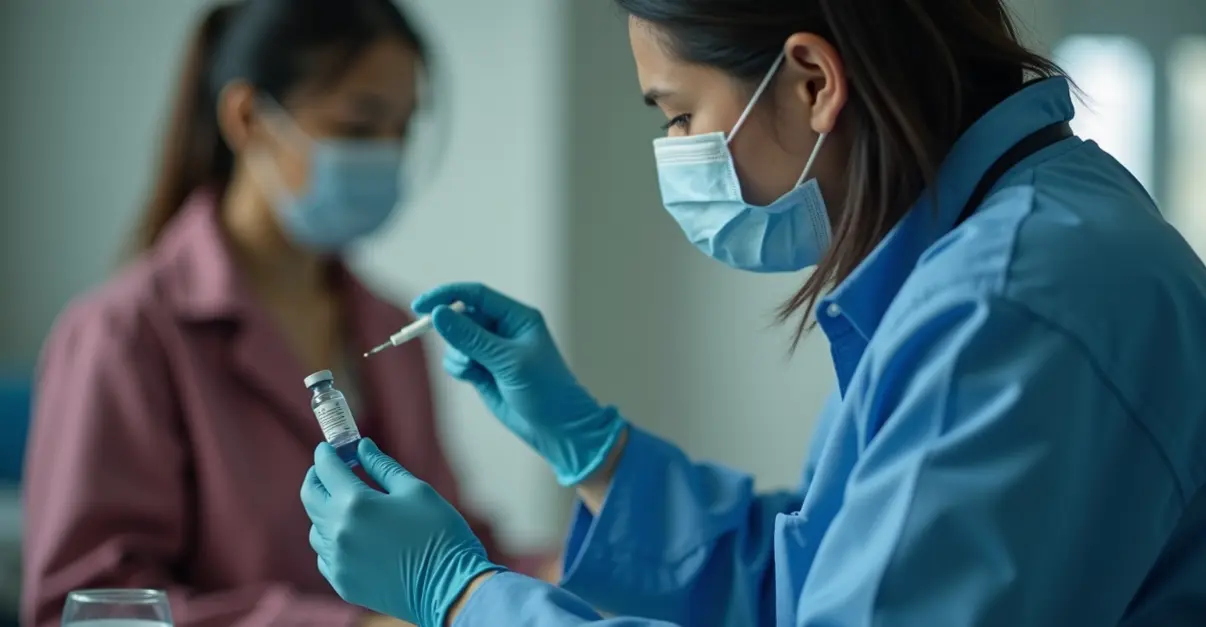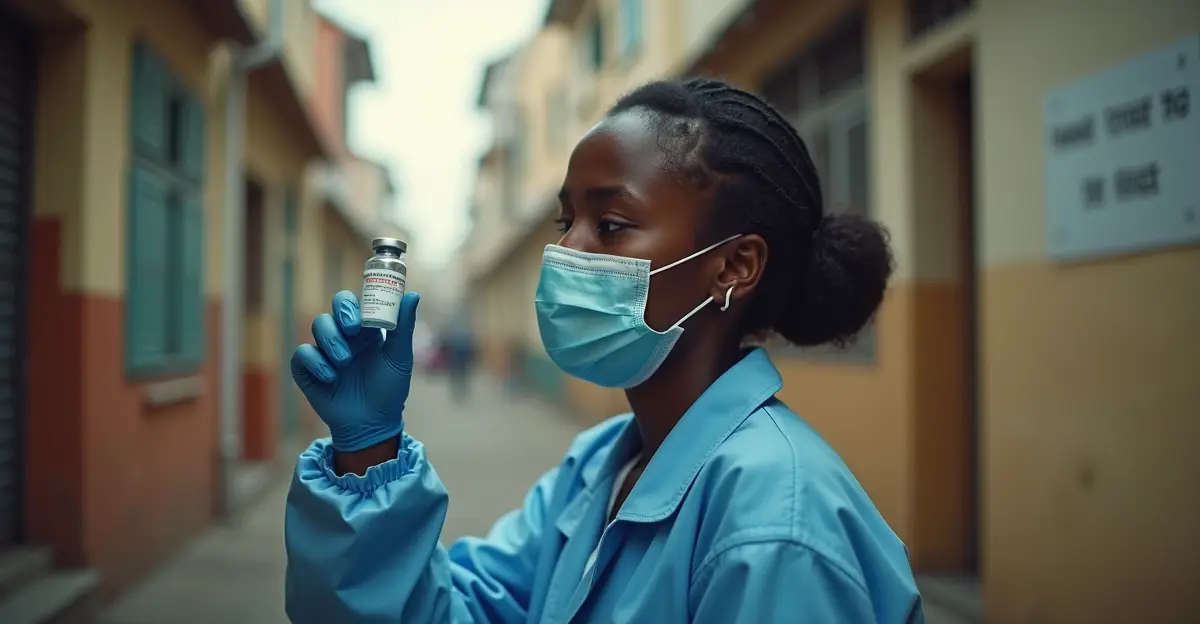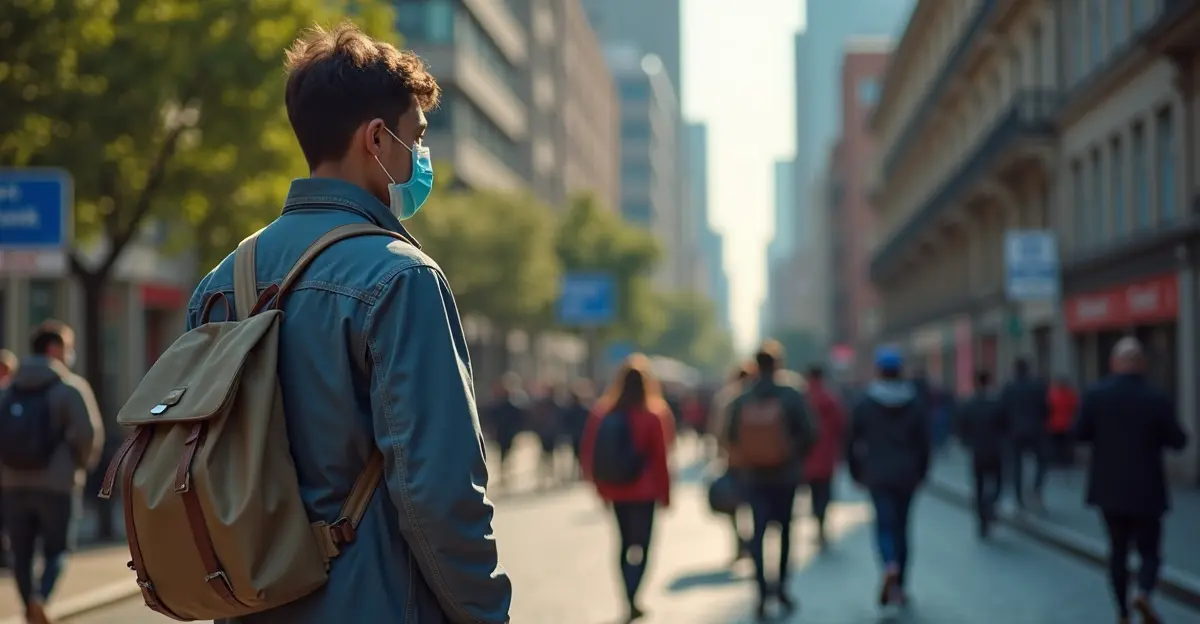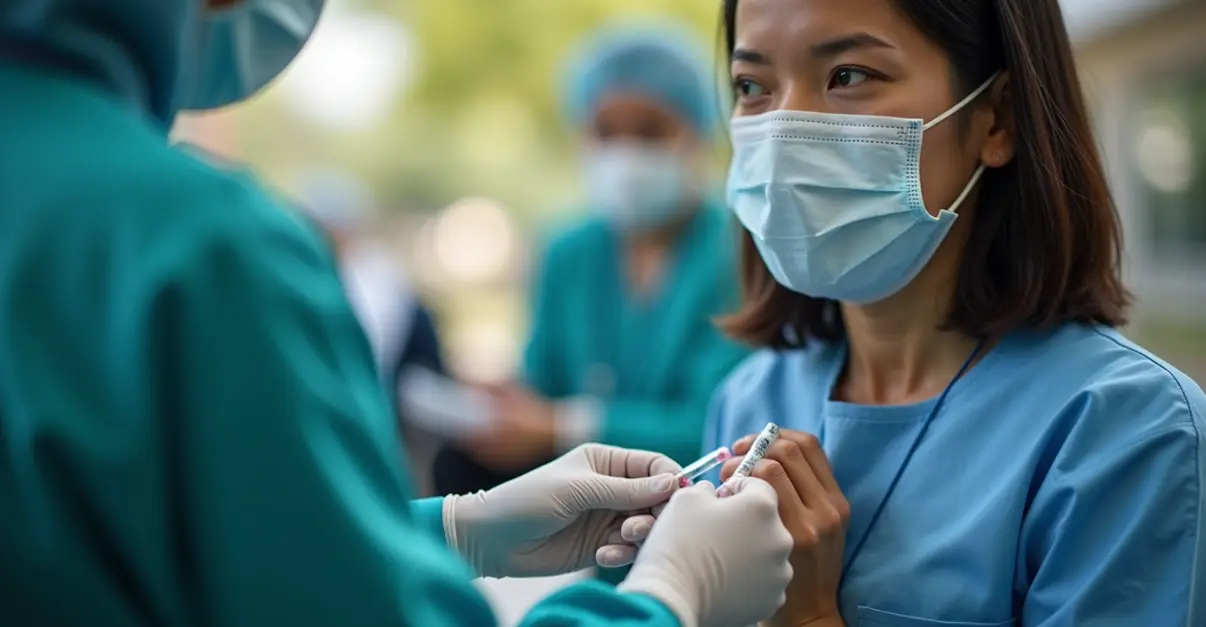Vaccination equity gaps persist in 2025 with challenges in distribution logistics, community trust, and booster strategies. Rural areas show 40% lower vaccination rates, while targeted booster approaches prove most cost-effective. Cold chain innovations and community partnerships are key solutions.

The Challenge of Vaccine Equity in 2025
As global vaccination efforts continue to evolve, significant equity gaps persist in distribution logistics, community trust, and booster strategies. The COVID-19 pandemic revealed deep-seated disparities in healthcare access that continue to affect vaccination campaigns worldwide. According to the CDC, vaccine equity ensures everyone has fair access to vaccination regardless of socioeconomic status, race, ethnicity, or geographic location.
Distribution Logistics: The Cold Chain Challenge
The global vaccine logistics market is projected to grow from $3.0 billion in 2024 to $3.8 billion by 2030, representing an $800 million expansion according to recent market research. This specialized niche within cold chain logistics demands ultra-reliable temperature control (2°C-8°C or -70°C for mRNA vaccines) and time-sensitive distribution across geographies.
Dr. Sarah Johnson, a public health logistics expert at Johns Hopkins University, explains: 'The cold chain remains one of the biggest barriers to equitable vaccine distribution. We're seeing innovative solutions like solar-powered refrigeration in remote areas and AI-assisted route planning, but the infrastructure gap between urban and rural communities remains substantial.'
Community Trust: Building Bridges in Underserved Areas
A 2025 qualitative study from Washington State University analyzed barriers to COVID-19 vaccination in rural communities, finding that rural areas experienced 40% lower vaccination rates compared to urban areas. The research identified nine key barriers across three categories, including breakdown of trust in community institutions and social pressures on vaccination decisions.
Maria Rodriguez, director of a community health center in rural New Mexico, shares: 'Trust isn't built overnight. We've learned that having local leaders, churches, and community organizations involved in vaccination campaigns makes all the difference. People trust their neighbors more than they trust government agencies.'
Booster Strategies: Targeted Approaches for Maximum Impact
Recent research published in BMJ Global Health reveals that targeted COVID-19 booster strategies are the most cost-effective approach in the post-Omicron era. The study found that annual boosters targeting older age groups have the highest probability of being cost-effective or even cost-saving.
According to CDC's interim analysis of 2024-2025 COVID-19 vaccine effectiveness, the vaccine was 33% effective against COVID-19-associated emergency department visits during the first 7-119 days after vaccination. For immunocompetent adults aged ≥65 years, vaccine effectiveness against hospitalization was 45%-46%.
Dr. Michael Chen, an epidemiologist at the World Health Organization, states: 'The data clearly shows that targeted booster strategies focusing on high-risk populations provide the best return on investment. Broad vaccination campaigns are important, but strategic deployment saves more lives and resources.'
Innovative Solutions and Future Directions
Community-based organizations are playing an increasingly vital role in addressing vaccine equity gaps. The Urban Institute report highlights how these organizations serve as trusted intermediaries that bridge gaps between healthcare systems and marginalized populations.
Digital innovations are also transforming vaccine distribution. The vaccine logistics market is being revolutionized by AI-assisted route planning, IoT-enabled thermal packaging, real-time condition monitoring, and blockchain for tamper-proof tracking.
As we move forward, the integration of community engagement, technological innovation, and targeted strategies will be crucial for closing vaccination equity gaps and ensuring that everyone, regardless of their circumstances, has access to life-saving vaccines.

 Nederlands
Nederlands
 English
English
 Deutsch
Deutsch
 Français
Français
 Español
Español
 Português
Português




